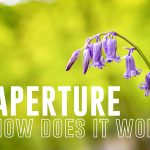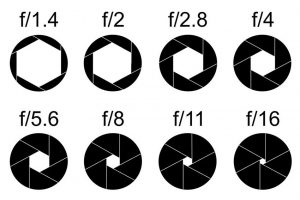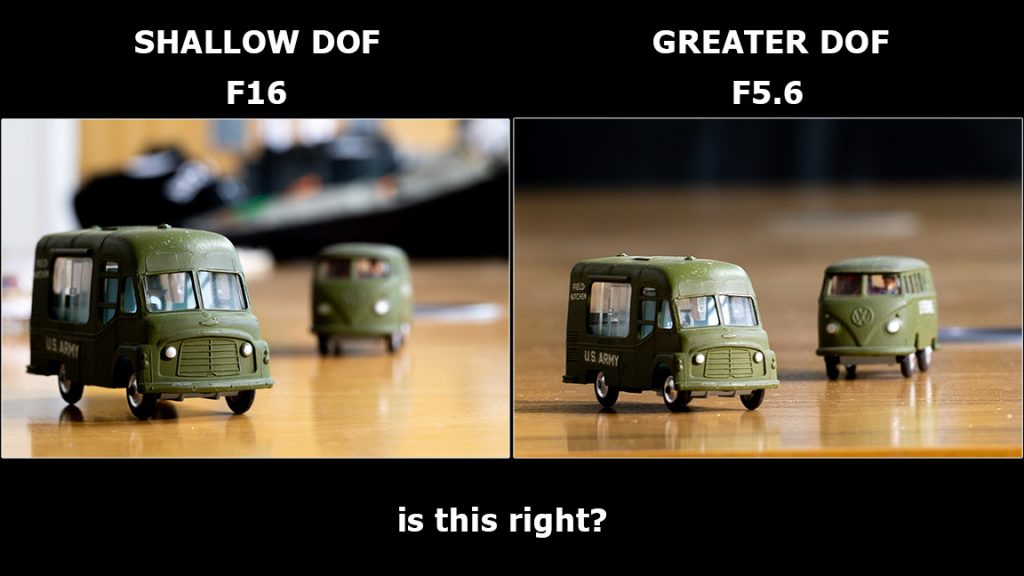APERTURE a complete guide
Is F8/F11 aperture settings really the best for Landscape Photography?
APERTURE a complete guide

Understanding Aperture in Photography
So how does your aperture work? I have created a video explaining exactly how your cameras aperture actually works. If you think you already know how it works then why not take a small test at the beginning of the video? I think you might be surprised! Whilst this video is aimed at photography beginners and intermediate levels why not take the test and see for yourself if you fully understand the science!
Complete guide to aperture - Is F8/F11 aperture settings really the best settings for Landscape Photography? Find out in this video. a HOW TO guide to aperture!

Aperture for beginners
Explanation of Aperture
I have created this explanation in simple terms. It's aimed at the amateur and hobbyist photographer.
What is your aperture? There are 3 things to discuss about aperture. What is it? how does it control light? and how is it used creatively in photography?
What is Aperture? - Your aperture is just a hole that lets light in through your camera's lens and onto your sensor or cameras film. Think of it as a hole in a bucket!
The aperture is located in your camera's lens. In modern-day camera's it's controlled with your camera. Older cameras could be adjusted by moving the aperture ring located on the lens itself! I used an older camera to demonstrate adjusting your aperture in the above video.
Controlling Light - Your apertures size is controllable. Turning your apertures dial will change the hole size from large to small and back again. Again, think of it as a hole, the larger the size the more light enters your camera lens. The smaller the hole the less light falls onto your sensor or film.
In low light situations, your aperture is likely to be wide open! and it's normally the reverse for bright shooting conditions. This is just a very rough guide. There are a million and one situations when these settings either don't apply or aren't required by the photographer.
How can I use it creatively? - Your aperture controls Depth of Field. In lamens terms, this means an amount of image in focus as opposed to an amount of image out of focus.
The easiest way to remember how to control your depth of field is:
- Small numbers equal the shallowest depth of field.
- Large numbers equal the greatest depth of field.
Depth of field is created from the point of focus. It's measured from the point of focus and then in distance from front to back and vice versa. It's not measured from the centre of your lens out! e.g. if you photographed a page of text from the bottom up and focused halfway up the page, the full line of text will be in focus. The closest and furthest point to the camera will be out of focus. At this point, it's really important to note that the Depth of field is greatly exaggerated when focusing close to your camera. Not all cameras will allow you to focus really closely either.
If you want to experiment at home then just ensure you select your smallest aperture F-number and focus as close as your camera will allow.
CAMERA SETTINGS try this: If you're new to photography then try setting your camera's mode button to aperture priority ("A" or "AV") then ensure your ISO is set to "AUTO" Now when you adjust the dial only your aperture will move. Other settings will change but ignore them. You are in control of what matters, your aperture. As long as your room or location is well lit simply adjust your aperture settings and see what difference it makes.
Take this test... Look at the image below and answer yes or no
(The vehicles weren't moved)
ARE THESE SETTING CORRECT? YES or NO?
 SCROLL DOWN TO REVEAL THE ANSWER
SCROLL DOWN TO REVEAL THE ANSWER
The answer is YES
If you got it wrong and you think I've got it wrong then watch the video where I reveal why the answer is definitely YES
Please leave a comment
Gary
► Videos
► About Me
► FACEBOOK
► YOUTUBE CHANNEL




1 Response